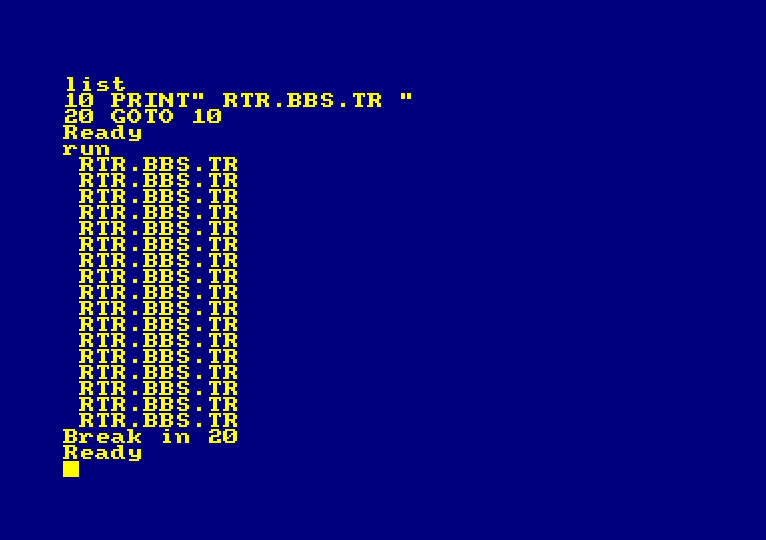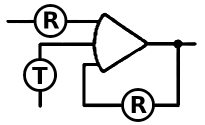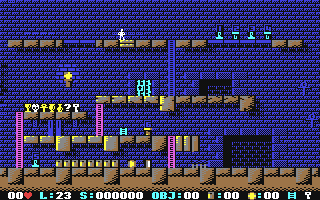Released in 1984 by Amstrad, a British electronics company, the CPC 464 was a popular choice for home computing in the mid-1980s. Featuring a built-in cassette tape deck for loading and saving programs, a color monitor, and a detachable keyboard, the CPC 464 offered a complete package for users eager to dive into the world of computing.
One of the defining features of any computer system is its programming environment. For enthusiasts looking to develop programs in BASIC on the Amstrad CPC 464, the quest for an Amstrad BASIC programming IDE (Integrated Development Environment) can be an intriguing journey.
In the realm of retro computing, finding IDEs tailored for specific systems like the Commodore 64 or the ZX Spectrum isn't uncommon. However, for the Amstrad CPC 464, the search for a suitable Amstrad BASIC programming IDE can prove challenging. The convenience of writing code within an advanced editor and seamlessly running it in an emulator with a single keystroke seemed like an elusive dream.
In pursuit of this goal, several emulators can be considered. Among them, CPCEC, Caprice, and WinApe, and were evaluated for compatibility and feature set. However, none of them provided the seamless workflow required for efficient programming on the Amstrad CPC 464.
Java-based Amstrad BASIC Programming
 Turning to JavaCPC, presents intriguing possibilities. Despite its size, JavaCPC offers Linux and Mac compatibility, a desktop environment for Amstrad BASIC programming, a virtual printer feature, enabling the transmission of BASIC programs from the emulator to an external source. By utilizing the "LIST #8" command and leveraging the virtual printer, a semblance of an IDE-like workflow emerged. However, the simplicity of the editor and the limitations of the program transfer process posed significant drawbacks.
Turning to JavaCPC, presents intriguing possibilities. Despite its size, JavaCPC offers Linux and Mac compatibility, a desktop environment for Amstrad BASIC programming, a virtual printer feature, enabling the transmission of BASIC programs from the emulator to an external source. By utilizing the "LIST #8" command and leveraging the virtual printer, a semblance of an IDE-like workflow emerged. However, the simplicity of the editor and the limitations of the program transfer process posed significant drawbacks.
Further exploration leads to CPC Basic 3 (https://web.archive.org/web/*/https://www.cpcbasic.tk/) and CPCBasic (https://github.com/benchmarko/CPCBasic/) . While both solutions show promise, they diverge from the traditional Locomotive BASIC environment of the Amstrad CPC 464. CPC Basic 3, a compiled BASIC variant, and CPCBasic, a JavaScript-based emulation, offer alternative avenues for BASIC programming but lack certain features and fidelity to the original environment.
In evaluating these options, it became evident that compromises were inevitable. Features such as syntax highlighting, advanced editing capabilities, and efficient program transfer methods are often absent or limited in the explored solutions. Additionally, handling special characters and control codes pose challenges.
Ultimately, embarking on an Amstrad BASIC programming project for the Amstrad CPC 464 requires a clear understanding of one's priorities and a willingness to navigate the limitations of available tools. While no perfect IDE may exist, the journey of exploration itself holds value, offering insights into the rich landscape of retro computing and the ingenuity of enthusiasts striving to keep the spirit of vintage technology alive.
Tools for Amstrad CPC 464 Programming
In the quest for an optimal development environment for creating CPC BASIC programs, another focus is the use of tools rather than relying solely on emulators. Command line tools emerge as the primary target for this endeavor.
An invaluable tool in this pursuit is ManageDSK. ManageDsk is a compact utility that facilitates various functions including the creation of empty .DSK files in DATA format, addition of files to existing .DSK files, extraction of files from existing .DSK files, renaming of files within .DSK files, deletion of files from .DSK files, and, as of version 0.15, the ability to read and write DSK files to and from a 3.5" floppy disk. This allows for inspection of saved files in editors like Notepad++. It has two saving options: with and without header. The header, though adding 128 bytes, is often cumbersome. Even saving without a header results in residual garbage due to BASIC commands being saved as tokens.
Interestingly, there exists a method to save BASIC programs without tokens, achieved by saving the file as ASCII using the command "SAVE "filename",A". This preserves all commands in a readable format. Additionally, it can be seen that "new lines" are saved with two bytes, namely CR and LF.
With these insights, manually creating BASIC files using Notepad++ is possible. Despite encountering errors initially, particularly a "Line too long" error upon loading from disk, these issues can be resolved by appending an additional "1A" byte to the file. Notably, 1A, represented as SUB in Notepad++, serves as a substitute character, aligning with the behavior of ASCII files within ManageDSK.
The success of these trials culminates in the establishment of a functional IDE. Notepad++ serves as the BASIC editor for Amstrad BASIC programming with syntax highlighting capabilities, complemented by command line utilities for file management. While debugging can be handled within the emulator, the question of special characters, particularly control characters, needs further investigation.
An aspect deserving ongoing scrutiny is the file size, as ASCII-based BASIC files tend to be larger on disk compared to their memory counterparts. This may pose challenges for larger projects in the future. However, this approach offers a significant advantage: the ability to utilize standard text files for editing CPC BASIC programs. This opens avenues for integration with build systems, automation tasks such as file merging, and version control using tools like git. Thus, the landscape of Amstrad BASIC programming is poised to become markedly more streamlined and efficient.














